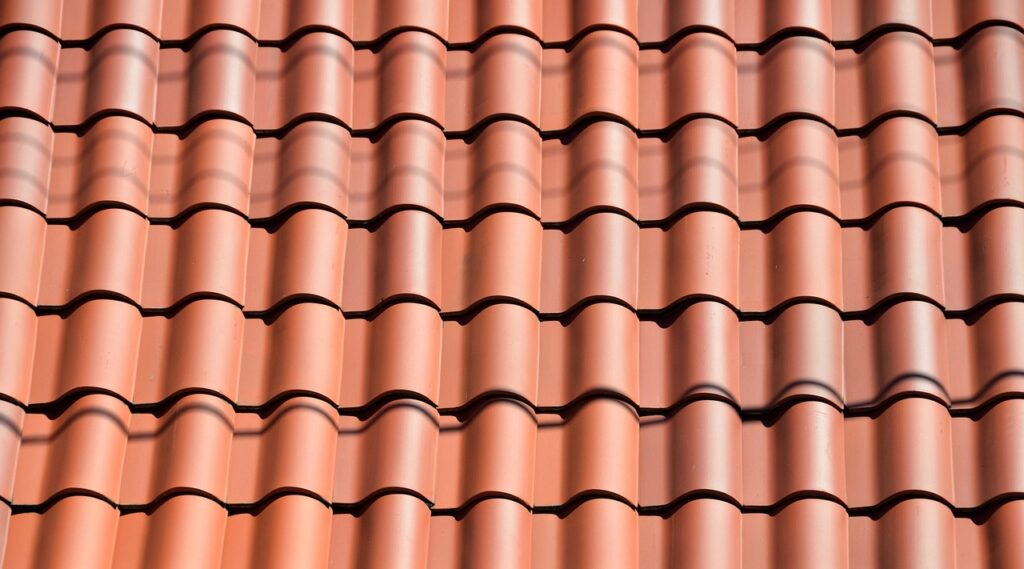Material Selection for Alaskan Environments
by siteadmin

Alaska’s diverse and extreme environmental conditions pose unique challenges when it comes to material selection for construction and infrastructure projects. From the frigid temperatures of its winters to the harsh winds and variable terrain, choosing the right materials is crucial for ensuring durability and longevity in this demanding environment.
Frigid Temperatures: The Need for Thermal Insulation
Alaska is known for its subarctic and arctic climates, where temperatures can plummet to extreme lows. When selecting materials for roofing construction in such environments, thermal insulation becomes a primary consideration. Materials with high thermal resistance help retain heat and prevent energy loss, contributing to better energy efficiency and comfort in buildings.
Corrosion Resistance: Battling the Elements
The proximity to the ocean and exposure to salty air make corrosion a significant concern in Alaskan environments. Construction materials that resist corrosion, such as stainless steel or specially coated metals, are essential to ensure the longevity of structures. Whether it’s bridges, buildings, or pipelines, choosing materials that can withstand the corrosive effects of the elements is vital for the overall structural integrity.
Strength and Durability: Facing the Forces of Nature
Alaska experiences intense weather conditions, including heavy snowfall, strong winds, and seismic activity. Selecting materials with high strength and durability is paramount to withstand these forces of nature. Engineered woods, reinforced concrete, and high-strength alloys are among the materials that can offer the structural integrity needed to endure the Alaskan climate.
Ice and Snow Loads: Engineering for Winter Challenges
The weight of accumulated ice and snow can pose a significant challenge to structures in Alaska. Architects and engineers must consider the potential loads and design buildings and infrastructure accordingly. Roofing materials with high snow load ratings, along with proper insulation, are critical to preventing damage and ensuring the safety of occupants.
Environmental Sustainability: Balancing Functionality and Eco-Friendliness
As the world places an increasing emphasis on sustainability, Alaskan projects are no exception. The choice of materials should not only meet the functional requirements but also consider environmental impacts. Opting for sustainable and locally sourced materials not only reduces the carbon footprint but also supports the regional economy.
Adaptability to Terrain: Navigating Alaska’s Diverse Landscape
Alaska’s terrain varies from rugged mountains to vast tundra, presenting a challenge for construction projects. The adaptability of materials to different landscapes is crucial. Whether it’s foundations that can accommodate uneven terrain or materials that can withstand permafrost, understanding and addressing the unique demands of the Alaskan landscape is essential for successful projects.
Material selection for Alaskan environments requires a holistic approach that considers temperature extremes, corrosion challenges, structural integrity, and environmental sustainability. By carefully choosing materials that address these factors, engineers and architects can create resilient structures that stand up to the harsh conditions of the Last Frontier, ensuring both functionality and longevity in this unique and challenging environment.
Alaska’s diverse and extreme environmental conditions pose unique challenges when it comes to material selection for construction and infrastructure projects. From the frigid temperatures of its winters to the harsh winds and variable terrain, choosing the right materials is crucial for ensuring durability and longevity in this demanding environment. Frigid Temperatures: The Need for Thermal…
Recent Posts
- Kevin A. Adamson, P.C. – Your Trusted Duluth Wrongful Death Attorney
- Affordable Fencing Solutions: Fence Company Rochester NY Offers Insight on the Cheapest Fence Installations in Rochester, NY
- Affordable Fencing Solutions: Fence Company Rochester NY Offers Insight on the Cheapest Fence Installations in Rochester, NY
- Exploring the Drawbacks of Duct Cleaning: Insights from Air Vent Cleaning Charlotte
- Exploring the Drawbacks of Duct Cleaning: Insights from Air Vent Cleaning Charlotte
